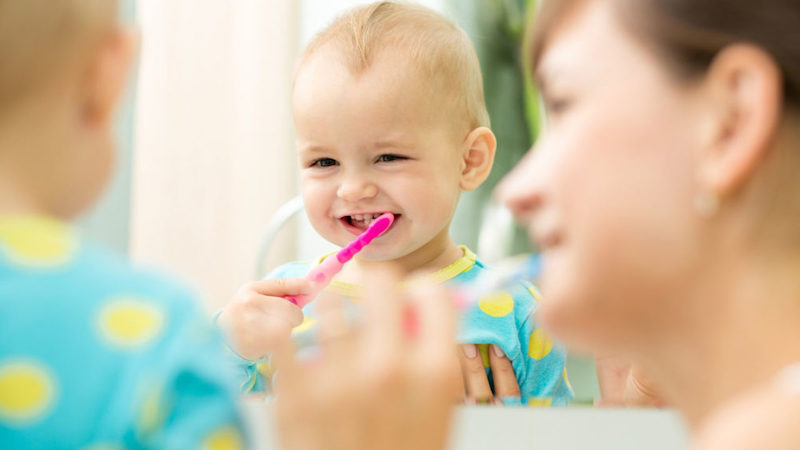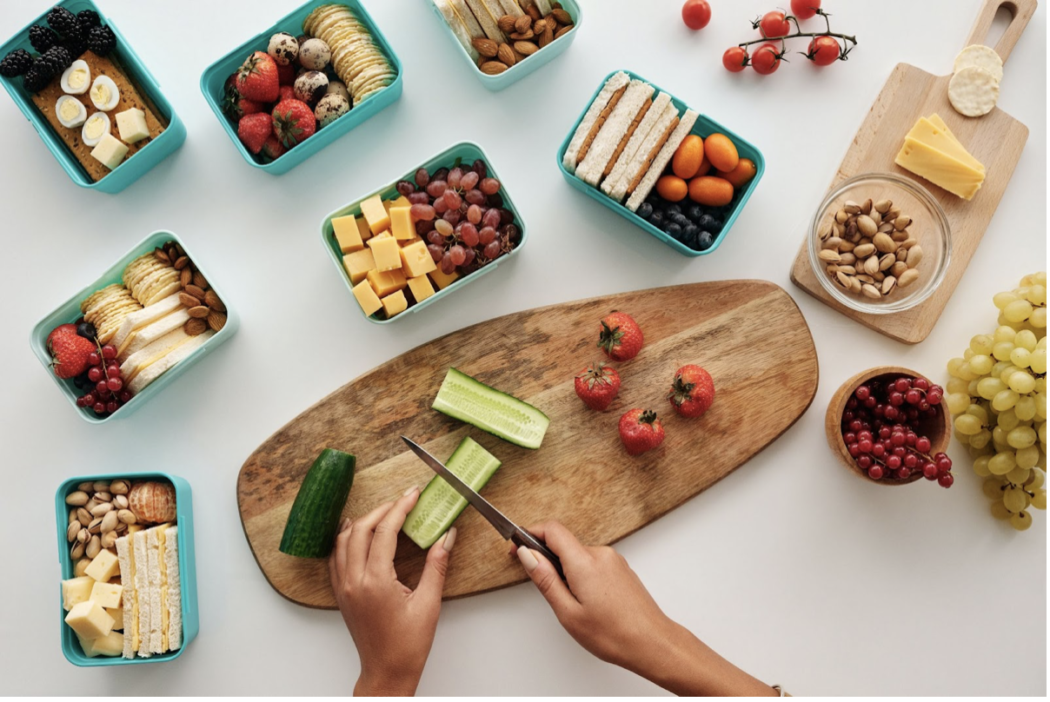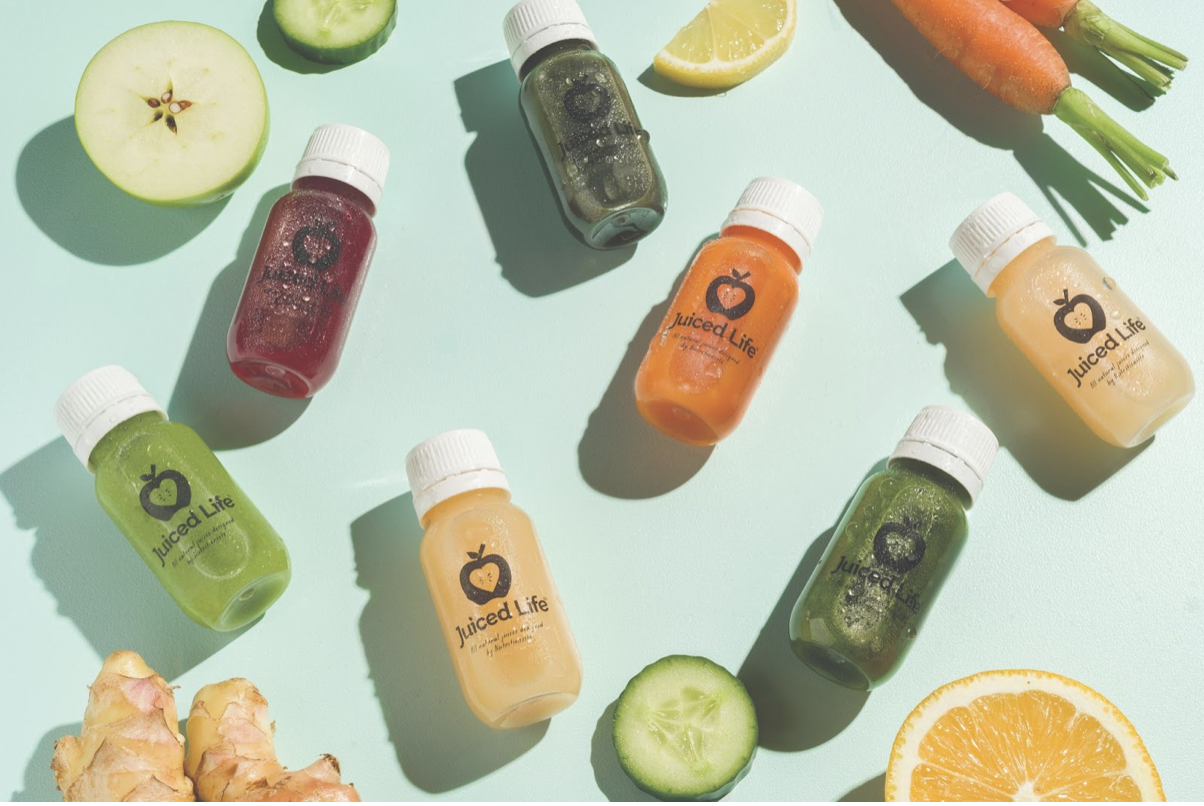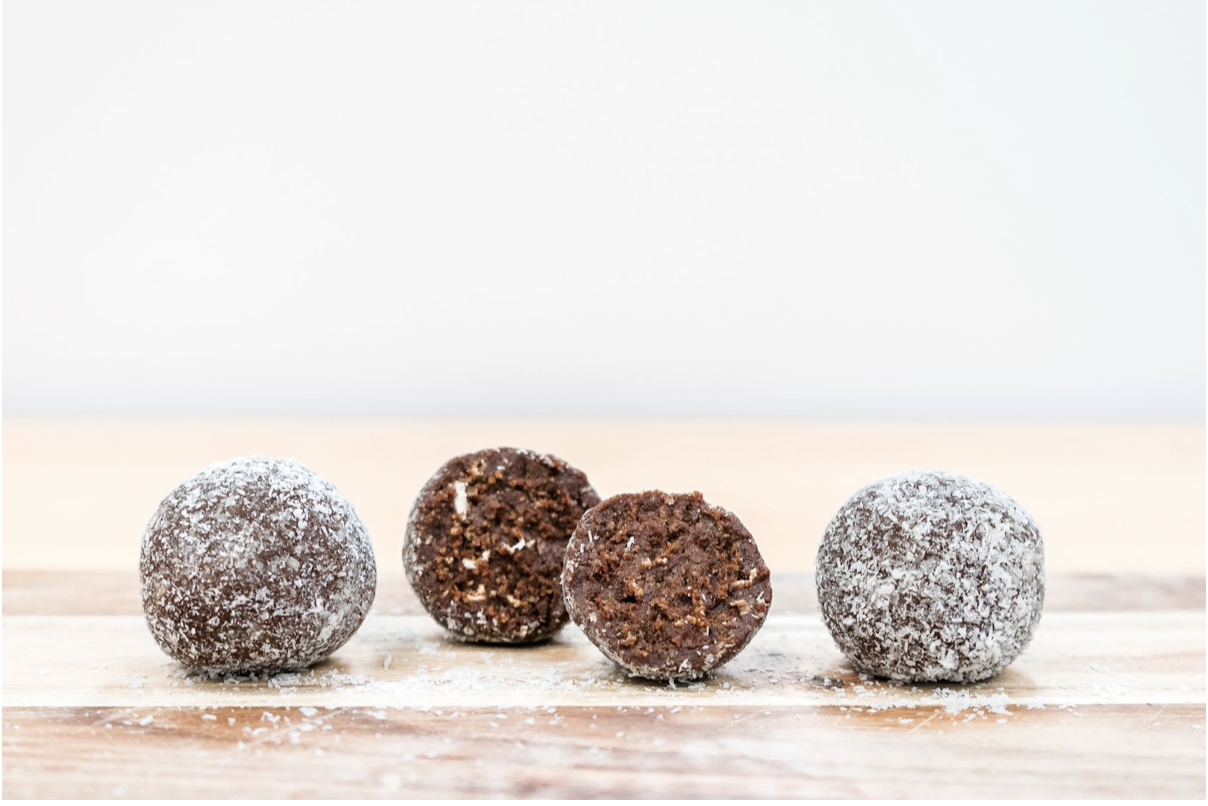According to the Australian Dental Association, tooth decay is one of the most common childhood diseases. It affects 50% of children under the age of six, causing pain, discolouration, and even tooth loss. But it’s never too early to start teaching your children proper oral care.
When it comes to teaching your kids proper dental care, most dentists agree: the sooner, the better. And studies now show that the development of healthy teeth increases social confidence, academic success, and overall health later in life. This is why it is necessary to help your child establish healthy oral habits while they are still young.
In fact, oral hygiene begins before your baby has even started to teethe. Gently wipe around the gum line and beneath the lips with a soft, damp cloth at least twice a day to remove excess food. Make sure to use a clean cloth each time to avoid introducing new bacteria. This helps to prevent damage to emerging milk teeth while getting your little one accustomed to having their mouth cleaned.

The development of healthy teeth increases social confidence, academic success, and overall health later in life.
It is especially important to clean their mouth after feeding. In bottle-feeding, milk is released into the front of the mouth and pools around the teeth. If a baby falls asleep with a bottle, the teat continues to leak milk which fills the gumline with liquid. In breastfeeding, however, milk is released directly into the back of the throat which causes the baby to swallow.
Moreover, there is new research to suggest that breastfeeding protects against tooth decay, while formula plays a role in its development. The antibodies and proteins in breastmilk have been found to reduce the growth of bacteria, including Streptococcus mutans, the bacterium responsible for tooth decay. Formula, on the other hand, has been shown to dissolve tooth enamel and significantly reduce pH levels which causes bacteria and caries to develop.

Breastfeeding protects against tooth decay, while formula plays a role in its development.
A breastfed baby is also less likely to suffer from tooth discolouration caused by excess fluoride. Ironically, this is because formula is usually made using boiled tap water which contains added minerals to protect the public from tooth decay.
As well as the continuing benefits to the health of mother and child, breastfeeding promotes optimal jaw and tooth development. A breastfed child is less likely to suffer from crooked teeth, and the longer the child is breastfed the greater the reduction in risk. This is because the motion of the mouth and muscles while sucking can influence tooth alignment even after milk teeth have been replaced by permanent teeth.
The same issues can arise from prolonged thumb and dummy sucking. These motions can eventually produce an anterior open bite – where the top and bottom front teeth do not meet when biting down. Vigorous sucking with baby teeth can have long-term adverse effects. Children with open bites have a higher chance of developing a lisp, more difficulty eating certain foods, and are at greater risk of fracturing back teeth. Parents should help their children to curb these habits before age five. The American Dental Association points out that if the behaviour stops before permanent teeth come in, the bite can self-correct.

Breastfeeding promotes optimal jaw and tooth development.
Even if your child kicks the habit early, a misaligned bite can simply be genetic. Orthodontics Australia recommend that children between the ages of 7-10 years visit a specialist orthodontist for an assessment – no referral from a dentist is needed. It is better to get braces while your child is still young, between the ages of ten and fourteen, when the head and mouth are still developing. At this stage, the teeth and jaw bones are much more adaptive to change which reduces treatment time, possible risk of complications, and in more extreme cases, the need for surgery.
If you start to notice anything out of the ordinary, make sure to book a dentist appointment for a thorough check-up straight away. But in general, it is time for a dental visit when your baby’s first tooth becomes visible, or they reach twelve months old – whichever comes first.
By acting early, you will set your child up not only for better oral health, but better overall health in adulthood. The benefits will last a lifetime.









